

City Human Potential Ranking 2023
Overview
BRICS countries and the states aspiring to join this union focus on rapid development, leveraging their population size and quality.
The City Human Potential Ranking (CHPR) evaluates the cities - leaders in development within these countries based on the criteria significant for concentrating and harnessing the potential of their populations as the foundation for their socio-economic development.
The CHPR 2023 report was published in December 2023. The full report in January 18th, 2024.
Purpose
CHPR was coined as a tool for mayors and city administrations to monitor, review and adapt their human capital policies to meet the challenges of the modernity and future through implementation of the "lifelong learning (LLL)" concept. In other words, CHPR helps identify the gaps in human capital management and overcome them.
However, the authors wish for the CHPR to be more than just an analytical tool. We hope it will raise awareness of cities' administrations of the necessity to invest more in the human capital and become a call to action to promote lifelong learning opportunities for all in the spirit of UN Sustainable Development Goals and the Education 2030 Sustainable Development Agenda.
Approach
The formation and expansion of large cities and urban agglomerations along with the rising concentration of human potential are one of the key determinants of the socio-economic processes and development trends.
The proposed methodological approach allows to assess the level of concentration of population's potential in cities and to evaluate how the human potential is formed and realized through cities' institutional and infrastructural capacities.
CHPR is based on two complementary dimensions of analysis:
- People for the city: evaluating the quality and prospects for the development of population's potential.
- City for the people: evaluating the opportunities provided by the urban institutions for the development and realization of population's potential
Through this prism, the three categories are analyzed that include the following groups of indicators, centered around the "potential of the population" concept (PoP)
Education
- PoP concentration in education
- PoP concentration in the lifelong learning system
- Diversification of PoP concentration in the education system
- Special "PoP concentrations" in the education system
Labor market
- General PoP concentration in the labor market
- Diversification of PoP concentration in the labor market
- Special "PoP concentrations" in the labor market
Technologies
- General PoP concentration in the digital infrastructure
- General PoP concentration in the use of digital technologies
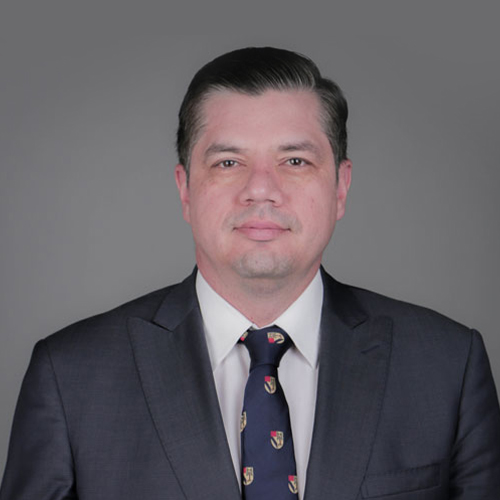
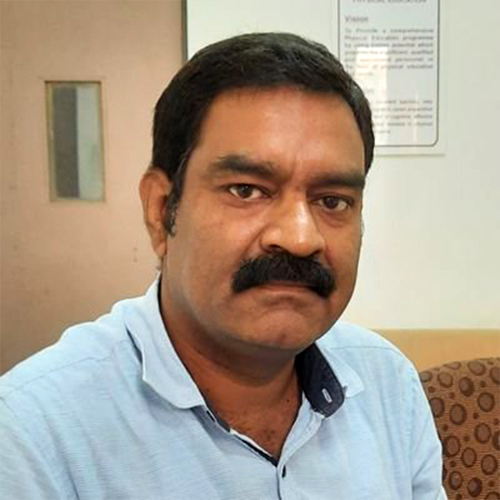

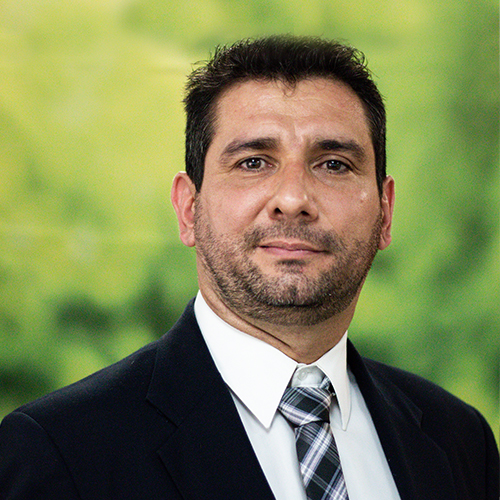
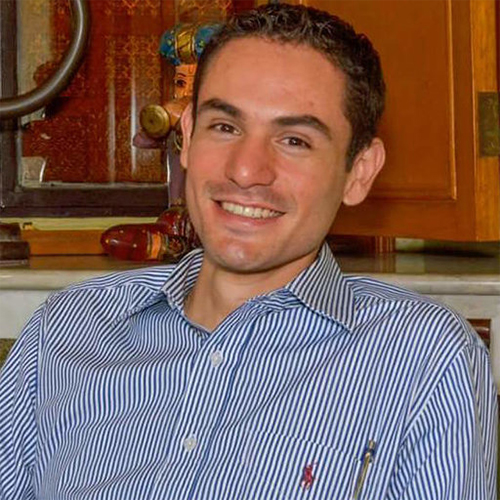

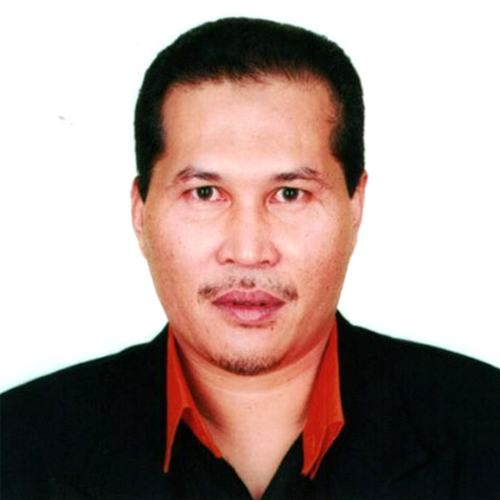
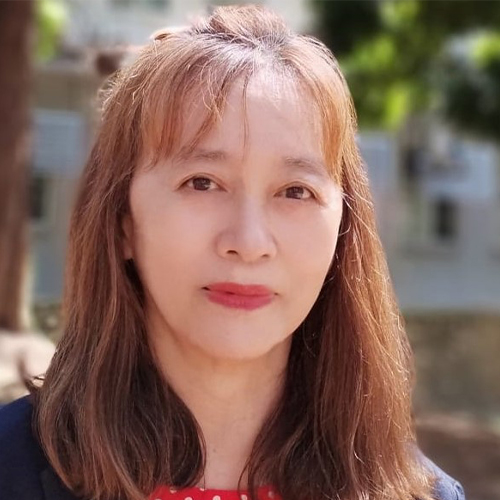
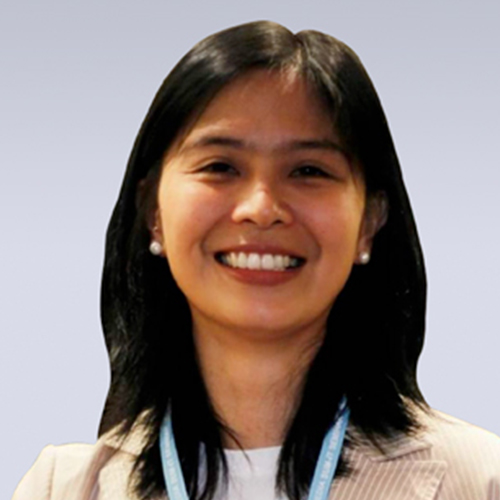
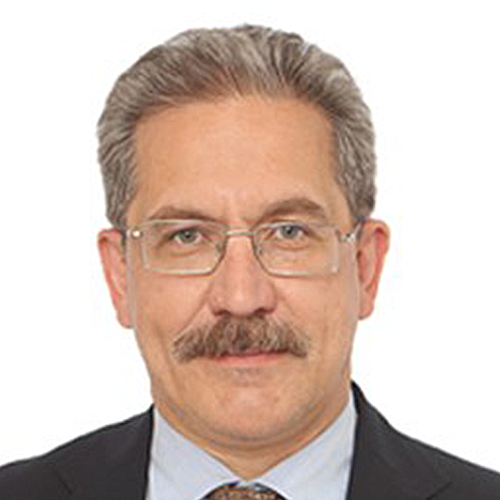
Contact
Guillermo Sosa Gómez
chpr@up.edu.mx
